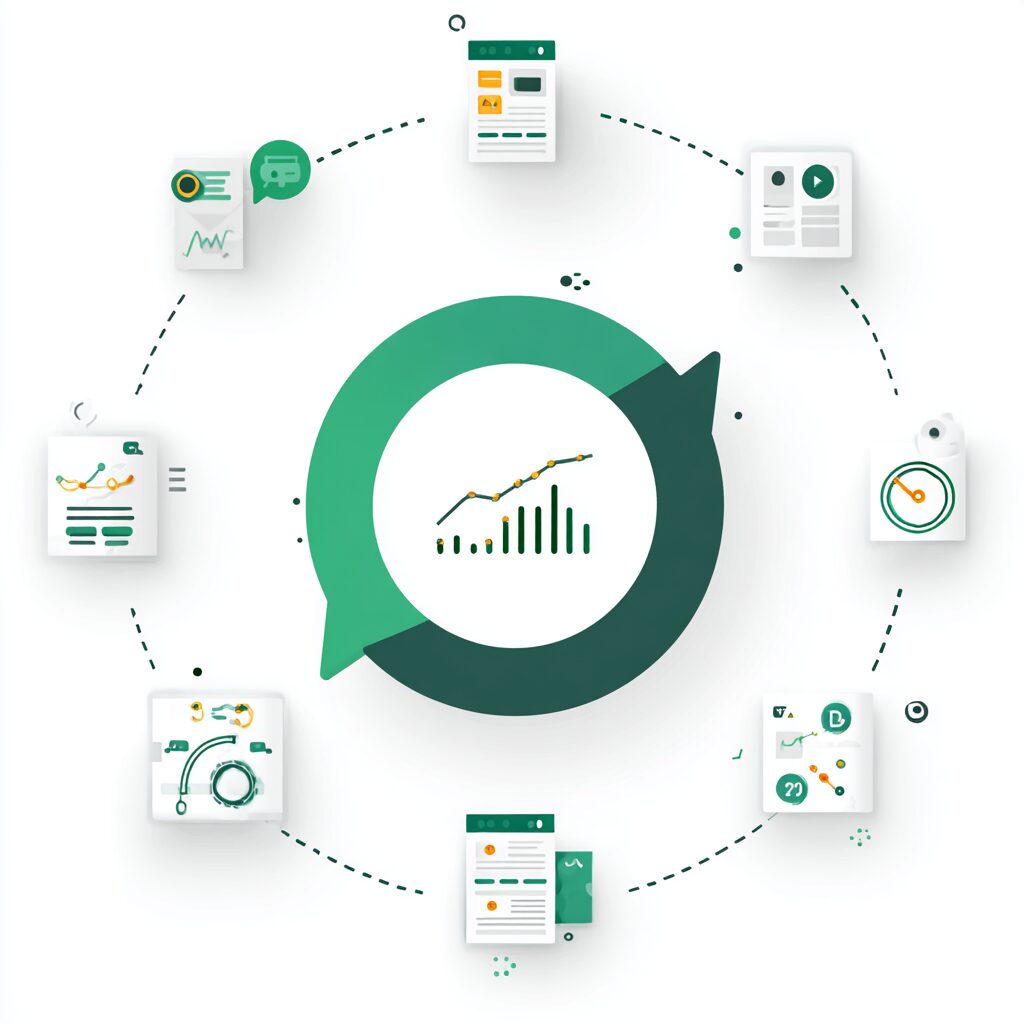Creating a Feedback Loop Between Data Stewards and Workflow Owners: Why It Matters and How to Do It Right

In today’s data-driven world, it’s not enough to have clean data, you need smart processes around it. At the heart of those processes are two key roles: data stewards, who are responsible for maintaining data quality, and workflow owners, who are accountable for business processes that consume and produce that data.
But here’s the problem: these two groups often operate in silos.
To bridge the gap and create a truly data-intelligent organization, you need a feedback loop, a two-way channel that allows data stewards and workflow owners to continuously inform and improve each other’s work. Let’s explore what that looks like in practice.
Why a Feedback Loop Matters
Without clear communication between data stewards and workflow owners:
- Data issues go unnoticed or unresolved
- Workflows rely on outdated, incorrect, or incomplete data
- Data governance feels like a burden rather than a business enabler
By creating a structured feedback loop, organizations benefit from:
- Faster resolution of data quality issues
- More efficient workflows
- Increased trust in data
- Better alignment between data strategy and business goals
Key Components of the Feedback Loop
1. Clear Communication Channels
Establish defined pathways (e.g., shared dashboards, regular check-ins, ticketing systems) for stewards to flag quality concerns and for workflow owners to report the impact of bad data.
2. Shared Visibility into Metrics
Create dashboards that track data quality KPIs, such as completeness, accuracy, and timeliness, linking these to workflow performance where possible.
3. Root Cause Analysis Collaboration
Encourage joint investigation of recurring data issues. Is the problem a workflow design flaw? A data entry process? Ambiguity in data definitions? Two perspectives help find better answers.
4. Governance Feedback Built Into Processes
Instead of treating governance as an afterthought, embed checks into workflows where data is created or transformed. Empower workflow owners to flag unclear definitions or gray areas in real time.
5. Continuous Improvement Mindset
This isn’t a one-and-done fix. Foster a culture where both stewards and workflow owners see feedback as a tool for ongoing improvement, not blame.
Real-World Example
Let’s say a workflow owner in HR notices that job title fields are inconsistently filled out, making workforce analytics unreliable. They notify the data steward. The steward traces the issue to a lack of validation rules in the hiring system and collaborates with the owner to improve the entry form and train recruiters. Together, they also define clearer data standards. The result? Cleaner data, better reporting, and smarter hiring decisions.
Final Thoughts
Creating a feedback loop between data stewards and workflow owners is one of the smartest moves an organization can make to unlock the full value of its data. When these roles communicate and collaborate regularly, data governance becomes more than a set of rules, it becomes a dynamic, living partnership that drives business success.


